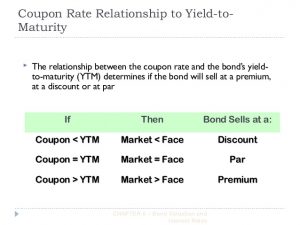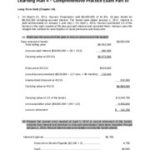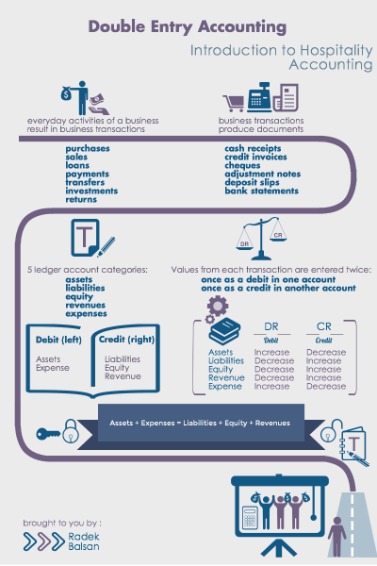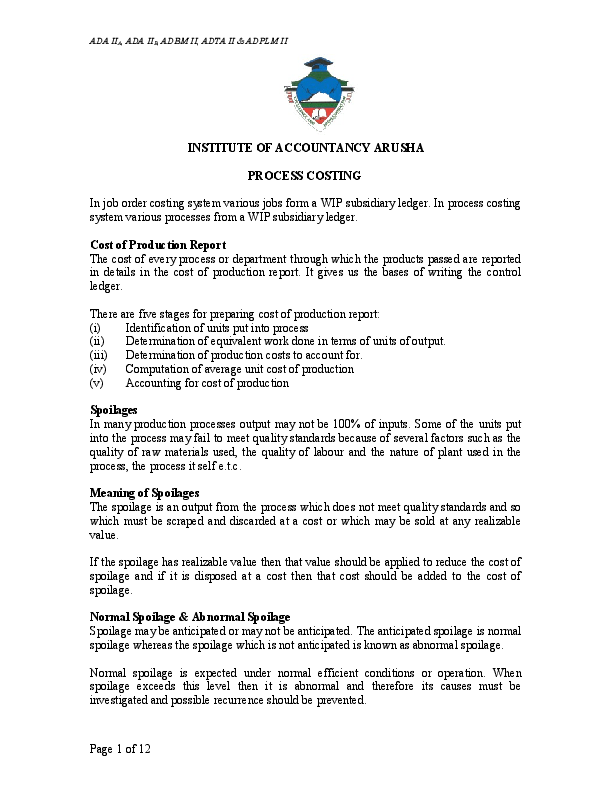Your cart is currently empty!
Account Reconciliation: Example, Types, Process, Best Practices

You just need an EIN number and $75,000 in a business bank account to qualify, and there’s no credit check or personal guarantee required. Ramp’s corporate card offers 1.5% cash back on purchases and built-in expense management software to streamline your business finances. Business-specific reconciliations are performed within a specific business unit, such as stock inventory or how to prepare a statement of retained earnings expense reconciliation. This helps to ensure that the financial records of that unit are accurate and up-to-date. Intercompany reconciliation is a process that occurs between units, divisions, or subsidiaries of the same parent company. This type of reconciliation involves reconciling statements and transactions to ensure that all business units are on the same page financially.
What is an Account Reconciliation?
- Balancing financial records is a fundamental principle in any company or business.
- In QuickBooks, you have the option to make an adjusting entry if the difference isn’t zero when you are finished reconciling.
- Please contact an accountant, attorney, or financial advisor to obtain advice with respect to your business.
- For lawyers, account reconciliation is particularly important when it comes to trust accounts.
For example, if you are reconciling the trade accounts receivable account, the balance in the account should exactly match the total of the open accounts receivable report. Finance teams achieve this by reconciling accounts directly, and updating cash flow statements with detailed transaction information. Alternatively, they might reconcile accounts indirectly by examining the overall picture of these transactions in income statements and balance sheets. But even if you’re not subject to Sarbanes-Oxley, reconciling accounts — especially cash accounts— on a timely basis can help prevent fraud. We’ve all heard of small businesses that lose tens of thousands, even hundreds of thousands, to embezzlement.
What is account reconciliation (with examples)
Before we get into the account reconciliation process, let’s back up and think about the who, what, and when of the reconciliation workflow. Here are five best practices that can help your organization to improve the account reconciliation process. Companies often pay some expenses or for some purchases in advance, especially when they are regular. However, accounts need to be reconciled to ensure that goods or services were received or delivered as per the contract. Reconciliation at this time also helps evaluate if the expense needs to be continued or not.

Check for Bank Errors
In essence, reconciliation acts as a month-end internal control, making sure your sets of records are error-free. The account reconciliation process helps certify the accuracy and integrity of your financial records. The vast majority of companies nowadays use accounting software to record all their transactions and moderate any discrepancies between their books and supporting financial statements.
Business reconciliation
Take my word for it, you don’t want to skip this process, even for a single month. Letting the bank reconciliation process slide can result in out-of-balance books, missing payments, unauthorized charges never being discovered, and missing deposits. The card carries no annual fee and has a variable APR, typically ranging from 18.49% to 28.49%. This card is suitable for businesses with limited or poor credit that still want to earn rewards on their spending. Additional features include fraud protection, overdraft protection, and online and mobile banking. This reconciliation guarantees that your accounting records maintain an accurate account of the amounts customers owe your business.
Accounts Receivable

Physical inventory counts must be reconciled with the general ledger, and discrepancies that can’t be resolved are recorded using journal entries. The Ramp Card is an innovative corporate card, particularly suited for LLCs, that combines automated expense management features with 1.5% cashback rewards on purchases. It offers detailed spending insights with AI-powered recommendations for cutting costs, and integrates seamlessly with https://www.accountingcoaching.online/what-is-a-cost-variance/ accounting software to simplify financial tracking and reporting. Cards come with no annual fees, foreign transaction fees, or card replacement fees. Ramp is an excellent choice for businesses that want to streamline their financial operations while saving money. The Ramp Card is an innovative corporate card, particularly suited for LLCs, that combines automated expense management features with 1.5% universal cashback rewards.
It helps eliminate fraud and any accounting errors, helping a business be more efficient. While much of the account reconciliation process is handled by accounting software, it still needs to be done. If you’re a software holdout and still record transactions manually, it’s even more important your accounts be reconciled regularly. At the end of each month, you diligently reconcile your balance sheet accounts. You compare the outstanding customer invoices in your records to the actual payments received, identifying any discrepancies.
You should reconcile your bank and credit card accounts in QuickBooks frequently to make sure they match your real-life bank accounts. For example, if you run a small retail store, you may keep a point-of-sale ledger, or similar software, that records daily transactions, inventory, and in-store balances. You’ll also have an external bank account that tracks deposits, purchases, and long-term balances.
The spreadsheet should include beginning balance, additions, subtractions, and any adjustments required for recording to agree with the general ledger ending balances for capital accounts. Make any required adjusting journal entries for general ledger balances to correctly reflect short-term and long-term notes payable components. Reconcile beginning balance, list and add new transactions, list and subtract payments or other reductions, and compute the ending balance for the period. This schedule of activity should support the general ledger ending balance for each account. Once the trial balance looks accurate, you can rest assured your accounts have been reconciled properly.

The form needs to provide you with enough space to add any outstanding items that will resolve any discrepancies between the two balances. The bank reconciliation ensures your bank account ending balance matches the balance reflected in your general ledger. Chase’s Ink Business Unlimited Credit Card is a no-frills 0% APR credit card. With a flat rate of 1.5% cashback on every business purchase, you earn cash whether you’re spending money on office supplies, gas, or business outings. However, if the majority of your business takes place overseas, this isn’t the card for you. Firstly, it is necessary to identify errors due to data entry mistakes, bank account discrepancies, information omission, duplication, or some other reason.
Companies can perform the accounting reconciliation process as often as they want, but most prefer to do it on a monthly basis following financial close. You can use different sets of figures depending on what you are trying to achieve. In business, this would typically mean debits recorded on a balance sheet and credits on an income statement. It also helps to flag any discrepancies, mistakes, or fraud in the company’s books. Any of these could have a serious detrimental impact on the financial health of a company.
During reconciliation, you should compare the transactions recorded in an internal record-keeping account against an external monthly statement from sources such as banks and credit card companies. The balances between the two records must agree with each other, and any discrepancies should be explained in the account reconciliation statement. Reconciling a bank https://www.business-accounting.net/ statement is an important step to ensuring the accuracy of your financial data. To reconcile bank statements, carefully match transactions on the bank statement to the transactions in your accounting records. With QuickBooks, you can easily reconcile bank accounts to ensure that the dollars you record are consistent with the dollars reported by the bank.
Transaction errors include duplicate recording of transactions in the detailed subsidiary journal that’s a sub-ledger or recording an asset as an expense. Compare income tax liabilities to the general ledger account and adjust for any identifiable differences that need recording via journal entry. The allowance for obsolescence and the inventory valuation at lower of cost or market are reconciling items to consider in the inventory recording and reconciliation processes. If you’ve ever been billed for an item you didn’t buy or found yourself with a larger bank balance than you know you should have, you understand the importance of account reconciliation. Businesses that spend lots of time in the air will enjoy the travel cashback opportunities with this card.
Say goodbye to manual errors, time-consuming tasks, and financial discrepancies. With Nanonets, you can automate your vendor reconciliation workflow, ensuring accuracy, efficiency, and peace of mind. Businesses should reconcile their bank accounts within a few days of each month end, but many don’t. Learn from these 10 common accounting mistakes to make improvements in your business.

发表回复